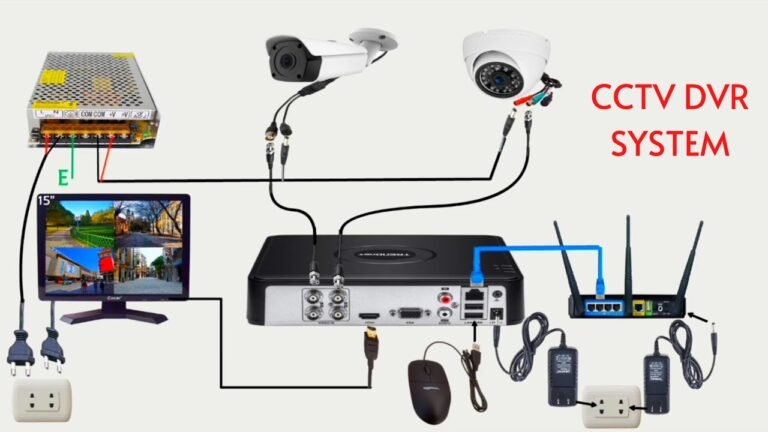How DVR Works With CCTV

A CCTV video recorder, also known as a DVR (Digital Video Recorder) or NVR (Network Video Recorder), is a pivotal component in modern surveillance systems. These devices are responsible for capturing, storing, and managing video footage from security cameras, ensuring continuous monitoring and providing critical evidence when needed. The choice between a DVR and NVR depends largely on the type of cameras used: DVRs are typically used with analog cameras, while NVRs are used with IP (Internet Protocol) cameras.
One of the main functions of a CCTV video recorder is to record and store video footage. DVRs convert analog signals from cameras into digital format, which is then stored on internal hard drives. NVRs, on the other hand, record video directly from IP cameras over a network. Both types of recorders offer high-capacity storage options, often with the ability to add external storage devices, ensuring that video footage is available for extended periods.
CCTV video recorders come equipped with various features that enhance their functionality. Motion detection is a common feature that triggers recording only when movement is detected, conserving storage space and making it easier to review footage by focusing on significant events. Many recorders also offer remote access capabilities, allowing users to view live feeds and recorded footage from their smartphones, tablets, or computers via dedicated apps or web interfaces. This remote access is crucial for real-time monitoring and quick response to incidents, regardless of the user’s location.
The integration of advanced technologies, such as high-definition recording and video analytics, further elevates the utility of CCTV video recorders. High-definition recording provides clear, detailed images that are essential for identifying individuals and other critical details. Video analytics, including features like facial recognition, license plate recognition, and intrusion detection, automate the monitoring process and provide actionable insights, enhancing overall security.
Installation and setup of a CCTV video recorder are relatively straightforward. For DVRs, cameras are connected via coaxial cables, while NVRs use Ethernet cables. Both types of recorders require a connection to a display monitor for initial setup and live monitoring. User-friendly interfaces and setup wizards simplify the configuration process, allowing users to customize settings such as recording schedules, motion detection zones, and alert notifications.
In conclusion, a CCTV video recorder is a crucial element in any surveillance system, providing reliable recording, storage, and management of video footage. With advanced features like motion detection, remote access, high-definition recording, and video analytics, these devices ensure comprehensive security monitoring and quick access to important footage. Whether for residential, commercial, or industrial use, CCTV video recorders are indispensable for maintaining safety and security.
